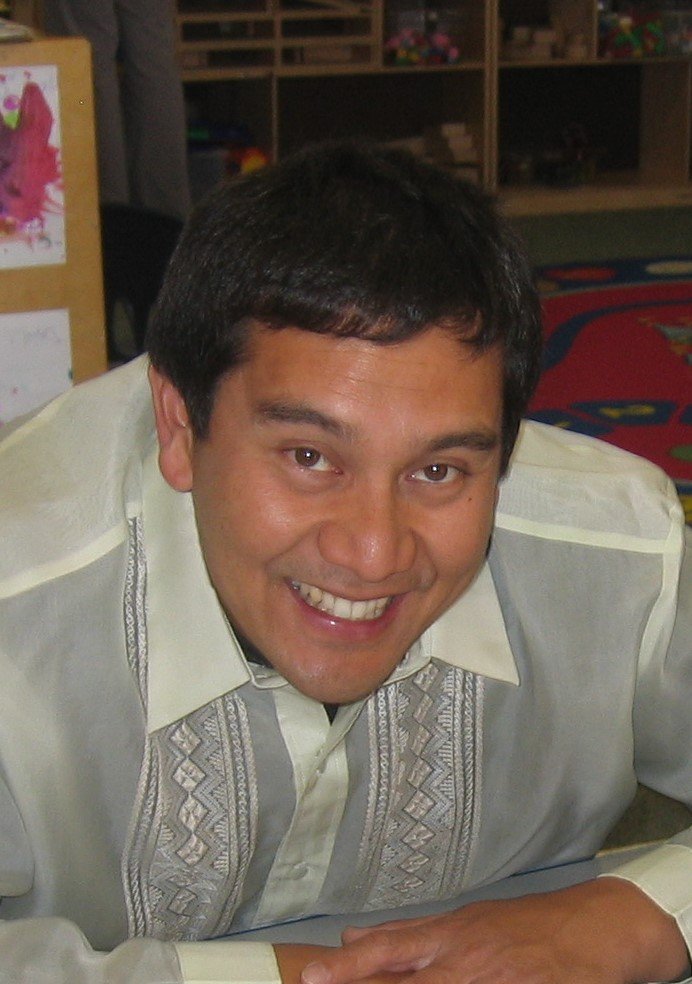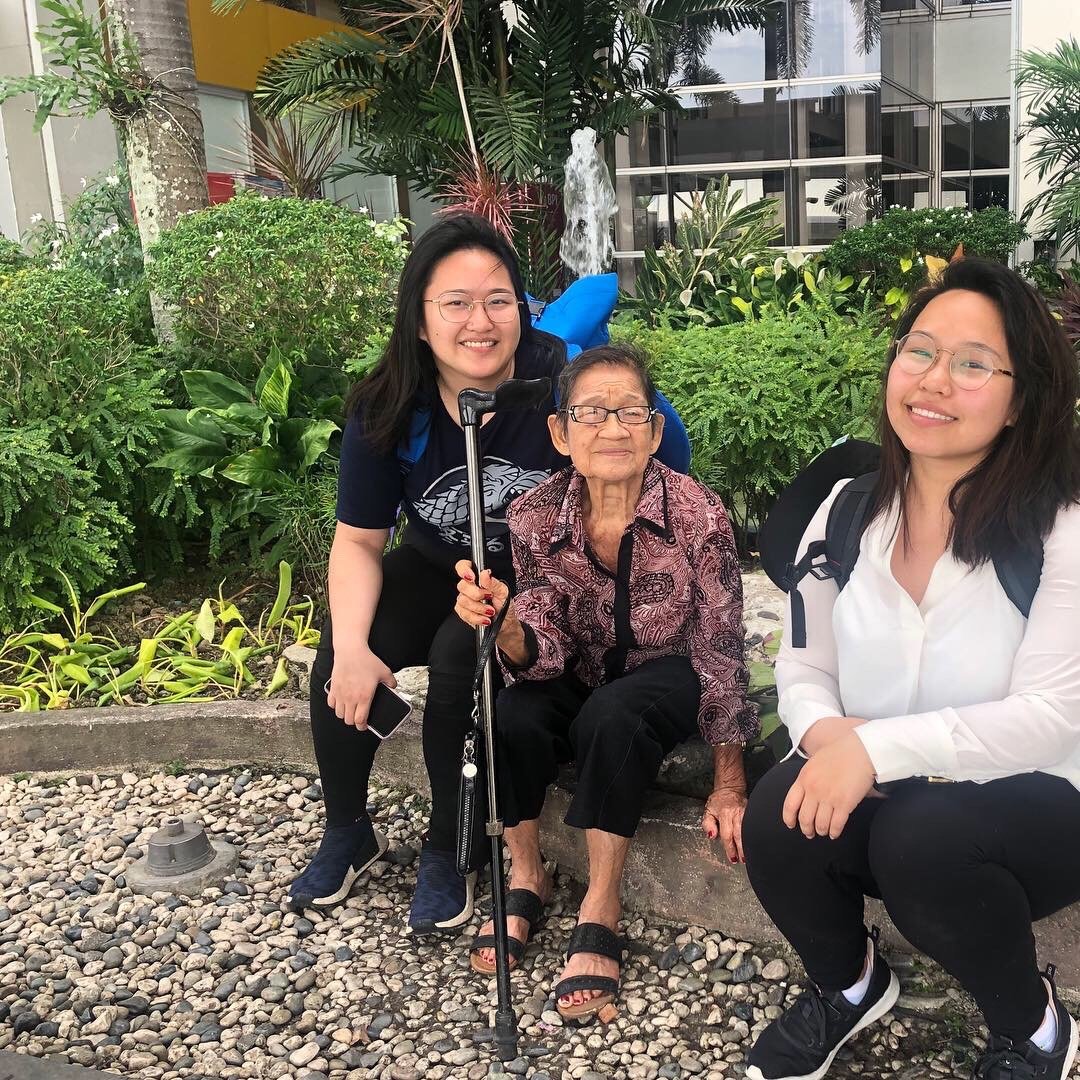Voices of Izzi Filipino Americans 🇵🇭
In celebration of Filipino American Heritage Month, we asked members of our staff to share a piece of their culture with us!
Ah, the Philippines! Happy while nostalgic at times. Coming from a heritage which is rich in a variety of cultures and growing up in Cebu (the Queen City of the South) are somethings that I will always cherish. Reminiscing my childhood days, I will always volunteer to go to the market with
my mother on weekends, because I look forward to riding a kalesa or tartanilla while eating a
sorbetes (ice cream) which is a real treat for me. I still do this every chance I get
when I go home to Cebu! (The kalesa in Tagalog or tartanilla in the Cebuano dialect is a horse-drawn carriage and one of the earliest modes of transportation introduced in the Philippines during the Spanish invasion.) I make it a point to not forget my heritage and have since shared my wonderful memories and culture full of great traditions with my two boys. They always look forward to visiting the Philippines every chance they get.
Anne Carzon, Human Resources Manager
Ang hindi marunong lumingon sa pinanggalingan ay hindi makakarating sa paroroonan “Those who don't know how to look back from where they came will not arrive at their destination.”
I think it relates to personal history as well as history of a people which is why heritage months are so important for people to celebrate. I think it is so important for us to learn about the contributions of other cultures in the history of the US.
Growing up as an immigrant, I have a completely different perspective of privilege compared to my husband who is 3rd generation American born. When you have this perspective and see from first hand experience people who are struggling and starving, it helps you be more compassionate to those who are in need.
Joy Dueñas, Facilities Coordinator
The Barong Tagalog is my favorite formal wear. The Filipina’s (feminine) counter-part is
called the Maria Clara. The Barong Tagalog is conducive for the hot and humid weather of
the Philippines. It is lightweight, thin and breathable.
I like wearing the Barong Tagalog because it is uniquely from my country. From my understanding, historically, it was worn as a statement for independence and national pride
against colonialism of Spain, England and the United States of America.
It is usually worn with formal pants and dress shoes.
John Fernandez, ECE Coach
My family is from Iloilo City. It is part of the Visayan island. The people from that island are known for their kindness and hospitality. The island is also known for it’s beautiful beaches. My favorite memory was visiting my grandma after 11 years of staying in the United States. Nothing made me happier than seeing her smile and spending time with her. Something that I hope to do next year.
Lyn Valencia, Lead Teacher
This is me and my son riding in a pedicab (padyak) while strolling around our quaint little town (Lawaan Eastern, Samar).
It is important for me to let my son know my roots and where I grew up and have him experience one of my childhood memories of riding the padyak. 😊
Eulalia Matthews, Lead Teacher
As a little girl, I have very fond memories of going to the Philippines every Christmas. My mom would start buying Cracker Barrel cheese and bags of chocolates right after Halloween, which would eventually be in my hand-carry in the airplane. My dad would pack boxes of cigarettes, ham, and other goodies in the balikbayan boxes that would line up the airport conveyor belt with addresses all over the Philippines. Once we got to the Philippines, my auntie would have slippers, a traditional duster dress, and a mosquito net waiting for me. Each morning, I would be awakened by the sound of a rooster and enjoyed warm pandesal bread with coco jam. Relatives would squeeze my cheeks and tell me how much I gained weight, which I later learned meant that you are living a good life and eating well! My dad always said, "Masayah sa Pilipinas," which meant that Christmas in Manila is always so happy and festive. These are experiences that keep me connected to my Filipino heritage.
Angel Barrios, Executive/Program Director






